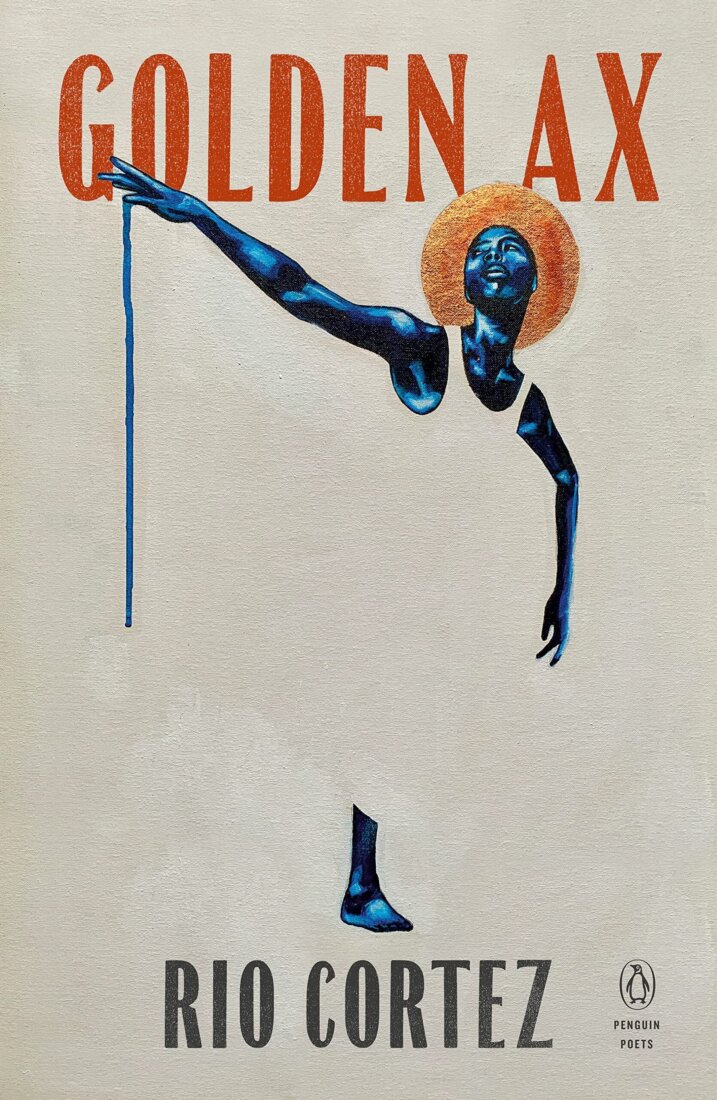Getting to the heart of the matter: Sweet reads for Valentine’s Day Chocolate melts, flowers wither, but a book lasts forever in your Valentine’s heart. How can a book express your love? Let me count the ways! February brings a love-themed bounty. Wrap up The Random House Treasury of Favorite Love Poems, and you won’t need a card. Shakespeare, Yeats, Spenser, and Browning pretty much say it all. Categorized by themes like New Love, Lifetime Love, Enduring Love, and Passionate Love, this classic collection is the perfect size to pack into a picnic for two. Writers have compared love to everything from an eiderdown fluff to a universal migraine. Whether you consider relationships a headache or heaven, or you are single, sappy, or cynical, Oxford Love Quotations (Oxford University Press, $7.95, 0198602405) proves somebody has felt the same as you. Here you’ll find more than 2,000 quotes on everything from affairs to virtues, from chastity to seduction. From anonymous sources to famous lovers come lines that have been spoken, sung, or written in the name of love, lust, or loss. Some are fascinating for what they say and who said it, like Brigitte Bardot’s declaration, I leave before being left. I decide. Others leave you humming, like Cole Porter’s I’ve got you under my skin, I’ve got you deep in the heart of me. Perhaps best of all are the many insights from comedians and satirists, like Dorothy Parker, who quips, That woman speaks 18 languages, and can’t say no in any of them. Words of wisdom also abound in William Martin’s The Couple’s Tao Te Ching (Marlowe ∧ Company, $13.95, 1569246505). Basing his work on the ancient writings of Zen master Lao Tzu, Martin presents a spiritual collection of simple yet profound thoughts on loving. They are presented with lovely little brush paintings that stay true to the book’s authentic Asian origins. Martin says he hopes that readers will have an experience that will touch the heart each time they open the book. Your beloved’s life is precious, he writes. A natural wonder, a shining jewel. Don’t tamper with it. It does not need polishing, improving or correcting. Neither do you. Of course, some relationships could use a little polishing, improving, and correcting. An exotic method of relationship repair is found in T. Raphael Simons’s The Feng Shui of Love (Three Rivers Press, $21, 0609804626). Based on the ancient Chinese art of placement, this ethereal manual explains how rearranging your home can help you attract and hold love. The idea is that a comfortable, balanced living space presents the kind of harmony and peace that people want to be around. The design elements that work best for you personally, says Simons, depend on your Chinese astrological sign, your yin-yang style of relating, and your animal sign compatibility. Sound a little out there? The enjoyment and usefulness of The Feng Shui of Love definitely depends upon open-mindedness. But the book also has plenty of common sense suggestions for fixing difficult home designs and making the most of where you live. If consulting the stars in the search for eternal love isn’t lofty enough for you, Rabbi Shmuley Boteach suggests you look to a higher power. His Dating Secrets of the Ten Commandments (Doubleday, $21.95, 0385496206) is full of the kind of pithiness and wit that made his book Kosher Sex such a bestseller. This time around, he references everything from Monty Python to Monica Lewinsky to drive home his point that romance is next to godliness. Take two tablets and find your soul mate, he says in his typical double-entendre humor. Boteach finds modern applicability not just in the words of the Ten Commandments, but in the way they are presented. For example, the first commandment starts, I am the Lord, your God. The rabbi’s take on it: Hell of an introduction, isn’t it? If only we could all be so cool and confident on a first date, he suggests, half the awkwardness of dating would be squelched.
Why do we bother anyway? For all the trouble relationships bring, why do we search for that special someone to call a Valentine? In her book Dating (Adams Media, $9.95, 1580621767), Josey Vogels says, Let’s face it, it’d be nice to have someone to feed the pigeons with when the eyesight starts to go. Vogels, a syndicated sex and relationship columnist in Canada, gathered the best anecdotes from her many straight, single, twenty- and thirty-something readers to write what she calls, a survival guide from the frontlines. The result is a funny and honest look at the world of boy-meets-girl, from Dates from Hell to The Science of Attraction. There are tidbits to help both men and women get through the whole soulmate interview process with minimal embarrassment. For instance, Vogels’s first-date conversation no-no’s include exes, bodily functions, and how much you hate your family. She also includes advice from relationship experts and matchmakers along with her own insightful viewpoint. Most importantly, Vogel admits that you can indeed be happily single. Then you can spend Valentine’s Day with the most low-pressure date of all: a good book.
Emily Abedon is a writer in Charleston, South Carolina.
More to Love.
21 Ways to Attract Your Soulmate by Arian Sarris (Llewellyn, $9.95, 1567186114). Learn how to find a life partner that clicks with you instead of clanks.
The Mars Venus Affair: Astrology’s Sexiest Planets by Wendell and Linda Perry (Llewellyn, $17.95, 1567185177). A guide to finding that starry-eyed mate.
The Emperors of Chocolate: Inside the Secret World of Hershey and Mars by Joel Glenn Brenner (Broadway, paperback $14, 0767904575). Goes well with a heart-shaped box of the real thing.
Get Smart with Your Heart: The Intelligent Woman’s Guide to Love, Lust, and Lasting Relationships by Suzanne Lopez (Perigee, $13.95, 0399525793). For the gal who knows what she wants (well, sort of), but doesn’t know quite how to get it.
Agape Love: A Tradition Found in Eight World Religions by Sir John Templeton (Templeton Foundation Press, $12.95, 1890151297). Explore the principle of unconditional love.
Love and Romance: A Journal of Reflections by Tara Buckshorn, Glenn S. Klausner, and David H. Raisner (Andrews McMeel, $12.95, 0740700480). A journal, a keepsake, a place for all of your passionate scribblings about your love life.
Passionate Hearts: The Poetry of Sexual Love compiled and edited by Wendy Maltz (New World Library, $14, 1577311221). Essential bedside reading to be sure.





































